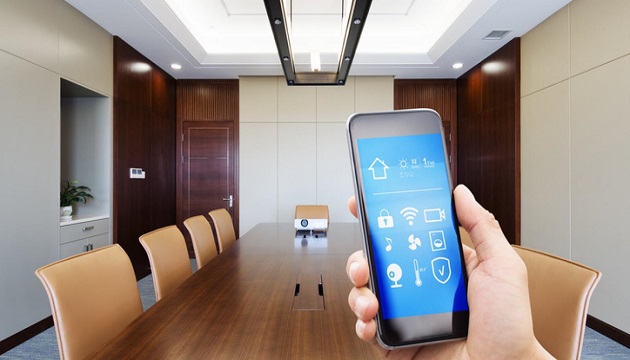The new phase will include the upgrade of existing systems as well as the addition of new systems that are also marketed as easy to install and configure. The systems will be evaluated over a two-year period for installation, configuration, control operation, lighting quality, energy savings, and user satisfaction. The initial phase began in 2017 which evaluated 12 systems installed in working classrooms at New York City’s Parsons School of Design.
Connected lighting has the potential to improve lighting control, saving 30–40% of lighting energy use in buildings through dimming, occupancy sensing, and other optimization functions. But early connected lighting systems face some of the same perennial challenges as traditional lighting controls that they can be complicated and difficult to configure and commission. These challenges typically don’t reveal themselves until systems are installed in real buildings. This is why NGLS uses a unique “living laboratory” approach to observe configuration challenges across multiple lighting systems in real time. The findings are then made publicly available to the benefit of lighting technology developers, specifiers, installers, and users.
NGLS outdoor evaluations are scheduled to start this summer at the Virginia Tech Corporate Research Center, adjacent to the Virginia Tech Transportation Institute in Blacksburg, Virginia. A total of six outdoor parking lot systems are being installed on individual parking lots. As with the indoor systems, these outdoor systems will be evaluated over a two-year period in a “living lab” setting, and the observations will be widely shared to drive product improvements.








